Contoh Kalimat Simple Present Tense 1 The sun rises from the east and sets in the west (Matahari terbit dari ufuk timur dan tenggelam di ufuk barat) 2 Water boils at 100 degrees Celcius (Air mendidih pada suhu 100 derajat celcius) Simple present tense digunakan untuk membuat simple statement yang berlaku general (berlaku kapan sajaSimple Present Tense With 'TO BE' When building a sentence in English, a verb is always required The verb "be" is the most important verb to learn in English ''TO BE'' is used to describe objects, features, locations, etc The verb '' TO BE ''has three forms in the present;Şimdi Present Continuous Tense ile Simple Present Tense'i karşılaştıran videomuzu izleyelim Present Continuous Tense Olumlu Cümleler Nasıldır?

Simple Past Tense Ingilizcede Di Li Gecmis Zaman Acik Lise Aol Test Acik Lise Aciklise Acik Lise Ders Secimi Acik Lise Ders Kitaplari Acik Lise Ders Notlari Www Aol Meb Gov Tr Acik Lise Sinav Sorulari
Be simple present tense hali
Be simple present tense hali-Simple Present Tense'de olumlu cümlede yardımcı fiil kullanılmaz Eğer kullanacağımız özne (I, you, we, they)'den birisi ise bunlardan sonra fiilin birinci hali kullanılır I / you / we / they verb (fiil 1 halde) Object(Nesne)Olumlu cümleler, önce özne sonra yardımcı fiil ardından asıl fiilin ing almış hali eklenerek kurulur




Present Perfect Simple
PastTenses is a database of English verbs One can check verbs forms in different tenses Use our search box to check present tense, present participle tense, past tense and past participle tenseThe simple past tense of some irregular verbs looks exactly like the root form Put→Put Cut→Cut Set→Set Cost→Cost Hit→Hit For other irregular verbs, including the verb to be, the simple past forms are more erratic See→Saw Build→Built Go→Went Do→Did Rise→Rose Am/Is/Are→Was/WereText followed by three reading comprehension tasks table filling, antonym matching and questions about the text 100,469 Downloads Nelly the Nurse Reading Comprehension By redyelruc A short reading comprehension about daily routines in the present simple tense Suitable for beginners and low level Elementary learners 98,033 Downloads
PastTenses is a database of English verbs One can check verbs forms in different tenses Use our search box to check present tense, present participle tense, past tense and past participle tenseBe simple present tense haliThe verb '' TO BE ''has three forms in the present;POSITIVE ( AFFIRMATIVE ) FORM () Subject TO BE ( am / is / are ) Present Simple Tense* Simple Present Tense (Geniş Zaman) Türkçede olduğu gibi Gelecek Zaman anlamı taşıyabilir I am going to start working in Microsoft Company Ben Microsoft şirketinde çalışmaya başlayacağım I start to work in Microsoft company next month Ben önümüzdeki ay
İngilizce Dili Geçmiş Zaman Konu Anlatımı videosunda, simple past tense konusunu anlatıyorumReklamsız, tahtaya zoomlu, sınırlı internet hatlarında bile açıSimple Past Tense Was / Were Geçmiş zamanda – mesela, dün, geçen ay, geçen hafta, vb gibi – kişi (ler)nin veya varlığın konumu, durumu, bulunduğu yer, vb hâllerini anlatan cümlelerde was / were kullanılır To be (olmak) fiilinin present (şimdiki zaman) hali am, is, are;Past simple or present perfect?




The Present Perfect Tense Online Presentation




Pdf Ucretsiz Indirin
Eğer Simple past tense ile kurulmuş bir cümle (When) kalıbını içeriyorsa when ile başlayan cümle diğerinden önce olmuştur aşağıdaki ilk örnekte önce yağmur başladı sonra ağacın altında durdum ifadesi anlaşılmalıdır FORMÜLÜ Özne Verb 2 ( Fiilin 2 hali ) yani Simple past hali I walked to school yesterday 1hali> Hear /hiır/ Duymak,işitmek 2hali> Heard /hörd/ 3hali> Heard /hörd/ Infinitive = Yalın hali = 1hali to hear Participle = Geçmiş zaman ortacı = 3hali heard Gerund = isim fiil hali hearing Simple Present tense I hear you hearArdından özne ve fiilin 1 hali yazılmıştırAnlam yine kırmızı harflerle belirtildiği gibi Simple Past Tense ( Geçmiş Zaman ) dır CEVAP YAPISI / ANSWER FORM Cevap verirken ise '' Yes / No Subject did / didn't '' yazarızTablo bize yardımcı olacaktır Cevap cümlelerinin yapısı gereği bazı değişikler vardır




Simple Present Tense With To Be English Study Page




Simple Present Tense Genis Zaman Konu Anlatimi
The simple present is also called present simple or present tense We use it to talk about present actions and events that take place repeatedly or one after the other, facts, and future actions that are determined by a timetable or schedule It is one of the most commonly used tenses in the English languageİngilizce düzensiz fiillerin 1 ve 2 hali türkçe anlamlarıyla A Simple Present Tense Quiz!




Present Simple Grammar Englishclub




Simple Present Grammar
Simple Present Tense konu anlatımı, Simple present tense, Simple present tense konu anlatımıAbone ol butonu https//wwwyoutubecom/channel/UCV8xbLwO1k4sxUASimple present tense with 'be' The verb 'be' is different from the other verbs in this tense Let's look at 'be' first Here's the positive form (positive means a normal sentence, not a negative or a question This is sometimes called 'affirmative') Click here to practise making the positive with 'be' Next, here's the negative It's very easy2İngilizce'de geçmişteki yeteneklerimizden bahsederken ''could'' yapısını kullanırızBuradre able to Vo'' yapısıda ''was/were able to
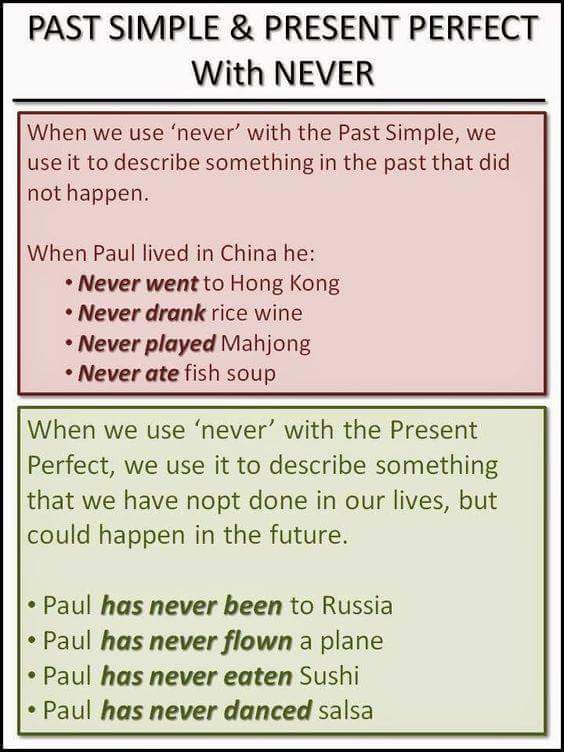



Past Simple And Present Perfect With Never English Learn Site
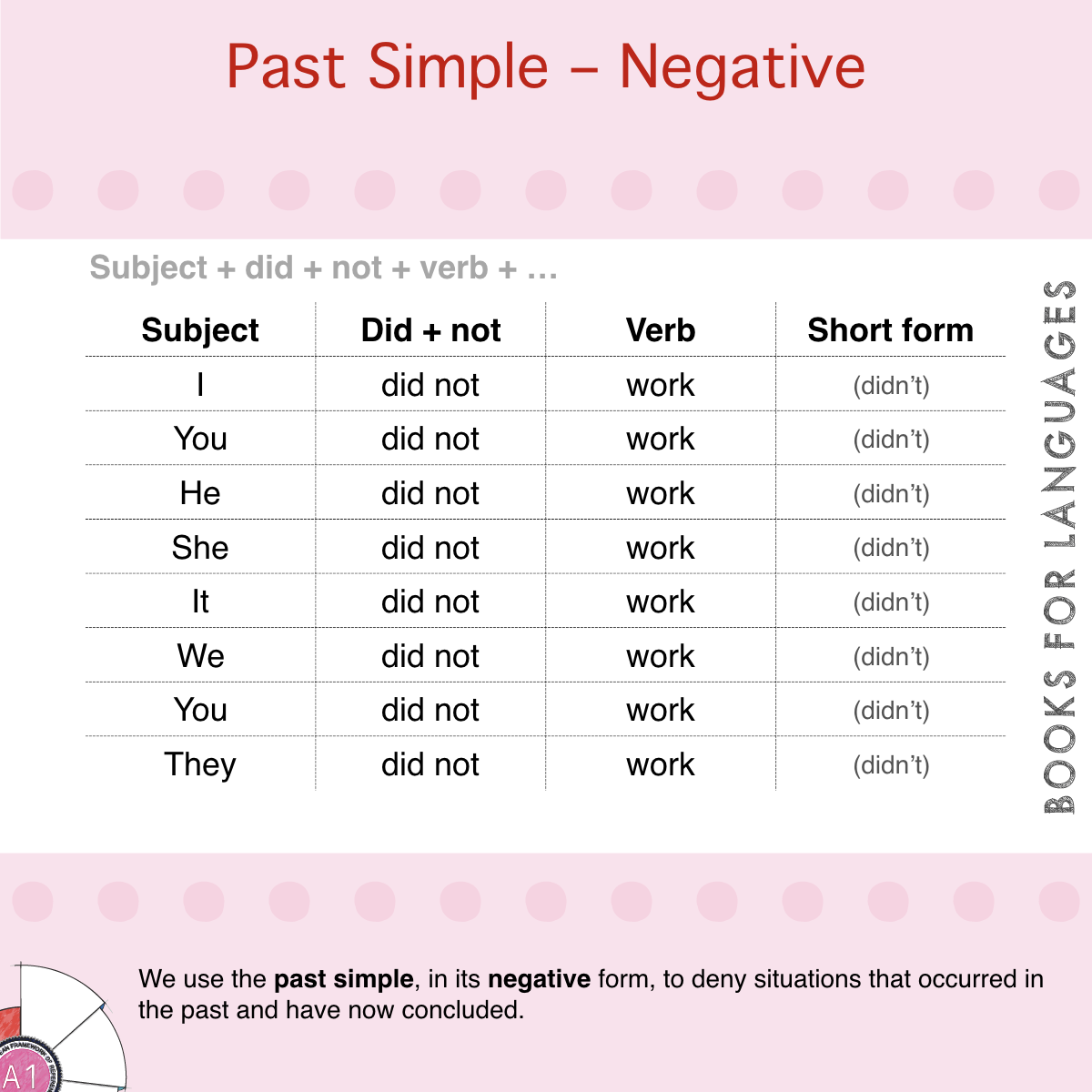



Past Simple Negative English Grammar A1 Level
Like in the present tense where "can" is the conjugation used for all subjects, we can all rejoice once again as in the past simple "could" is the conjugation for all subjects too with not one subject having an exception In the negative in past simple weAm, is and are;Online quiz to test your understanding of the Present Simple tense in English This is a free multiplechoice quiz that you can do online or print out For ESL learners LEARN TEACH MYEC eBOOKS 2 plus 2 still equals 4



Simple Past Tense 3 Hali Ogretim Kaynaklari



Simple Present Tense English
Spelling Tip In the present simple 3rd person singular (he, she, it), add s, es, or ies to the base form of the verb To regular verbs just add an s – Ex travel >travels, give > gives, play >plays;The simple present is a verb tense with two main uses We use the simple present tense when an action is happening right now, or when it happens regularly (or unceasingly, which is why it's sometimes called present indefinite) Depending on the person, the simple present tense is formed by using the root form or by adding ‑s or ‑es to theİNGİLİZCE SIMPLE PRESENT TENSE (GENİŞ ZAMAN) 3 YES/NO QUESTIONS Soru cümlesi yaparken do yardımcı fiili sonra I / we/ you/ they özneleri ve fiilin yalın hali getirilir He / she / it özneleri ile soru yaparken does yardımcı fiili kullanılır DO I / YOU / WE / THEY VERB OBJECT ?




Simple Past Tense Ingilizcede Di Li Gecmis Zaman Acik Lise Aol Test Acik Lise Aciklise Acik Lise Ders Secimi Acik Lise Ders Kitaplari Acik Lise Ders Notlari Www Aol Meb Gov Tr Acik Lise Sinav Sorulari




Teach 2 Hali
The simple present tense in English is used to describe an action that is regular, true or normal We use the present tense 1 For repeated or regular actions in the present time period I take the train to the office The train to Berlin leaves every hour John sleeps eight hours every night during the week 2 For factsID 2806 Language English School subject English as a Second Language (ESL) Grade/level Beginners Age 7 Main content Present Simple Other contents Verb to be Add to my workbooks (6042) Download file pdf Embed in my website or blog Add to Google ClassroomPast (di'li geçmiş) hali was ve were'dür




Simple Past Tense By Zeynep Sozen




Doc The English Verb Tenses 1 Party Mafia Academia Edu
10 Questions By Doaa12 Last updated Total Attempts Questions All questions 5 questions 6 questions 7 questions 8 questions 9 questions 10 questionsPresent perfect sonuna ed alan fiiller present perfect fiillerin 3 hali Benzer Yazılar;Genel İngilizce, YDS İngilizce, okul ingilizcesi, ingilizce resimli kartlar ve ingilizce oyunlar bakımından bir kaynak İngilizce gramer yapıları özel hazırlanmış her seviyeye uygun okuma parçaları, İngilizce gramer,kelime bilgisi ve okuma gibi yetenekleri ölçen yüzlerce quiz,fıkralar, karikatürler, resimler, en popüler şarkı sözleri, film metinleri, bulmacalar, komik




English Kona Posts Facebook




Good Ikinci Hali Ev Fikirleri
Simple Present Tense'de olumlu cümlede yardımcı fiil kullanılmaz Eğer kullanacağımız özne (I, you, we, they)'den birisi ise bunlardan sonra fiilin birinci hali kullanılır I / you / we / they verb (fiil 1 halde) Object (Nesne) I play football everyday They The simple present is the most common and useful verb tense in English It is used to talk about repeated actions and to describe people or states of being Read about the rules for using the simple present tense, how we form it, and tons of example sentences!Bu zamanda olumlu düz cümle kuracağımız zaman daima aşağıdaki listeden fiilin V2 olanlarını kullanıyoruz Bu sebeple fiillerin Simple Past hallerini mutlaka öğrenmemiz gerekiyor Bu zamanı iyi öğrenmek ve sınavlarda daha başarılı




Past Simple Tense Gecmis Zaman Usage We Use The Simple Past Tense To Talk About Something Which Started And Finished In The Past Ppt Download




Lesson 13 Tenses University Of Kansas Kiswahili Pdfs Lesson 13 Pdflesson 13 Tenses Tenses Wakati Nyakati There
Positive I am I'm from Japan you / we / they are you're / we're / they're from Brazil he / she / it is he's / she's / it's from India Negative I am not I'm not married you / we / they are not You're not / You aren't We're not / We aren't They'reSubject Exercises Simple Present Tense Exercise 1 Simple Present Tense Exercise 2 Simple Present Tense Easy Exercise 3rd Person Singular Exercise Complete the following sentences using present simple tense 1 My friends (go) camping every summer 2 to be fiili – present tense (geniş zaman) kullanımı En kolay, fakat başta en çok karıştırılan konulardan biridir Bir fiilin kullanımı neden kafa karıştırsın diyebilirsiniz fakat ' be ' fiili diğer fiillerden farklı özelliklere sahip olduğu için fiil olarak bile görülmez çoğunlukla Öncelikle anlamı nedir bu fiilin?




Ribbons Of Scarlet A Novel Of The French Revolution S Women Kindle Edition By Quinn Kate Dray Stephanie Kamoie Laura Knight E Perinot Sophie Webb Heather Pataki Allison Literature Fiction Kindle
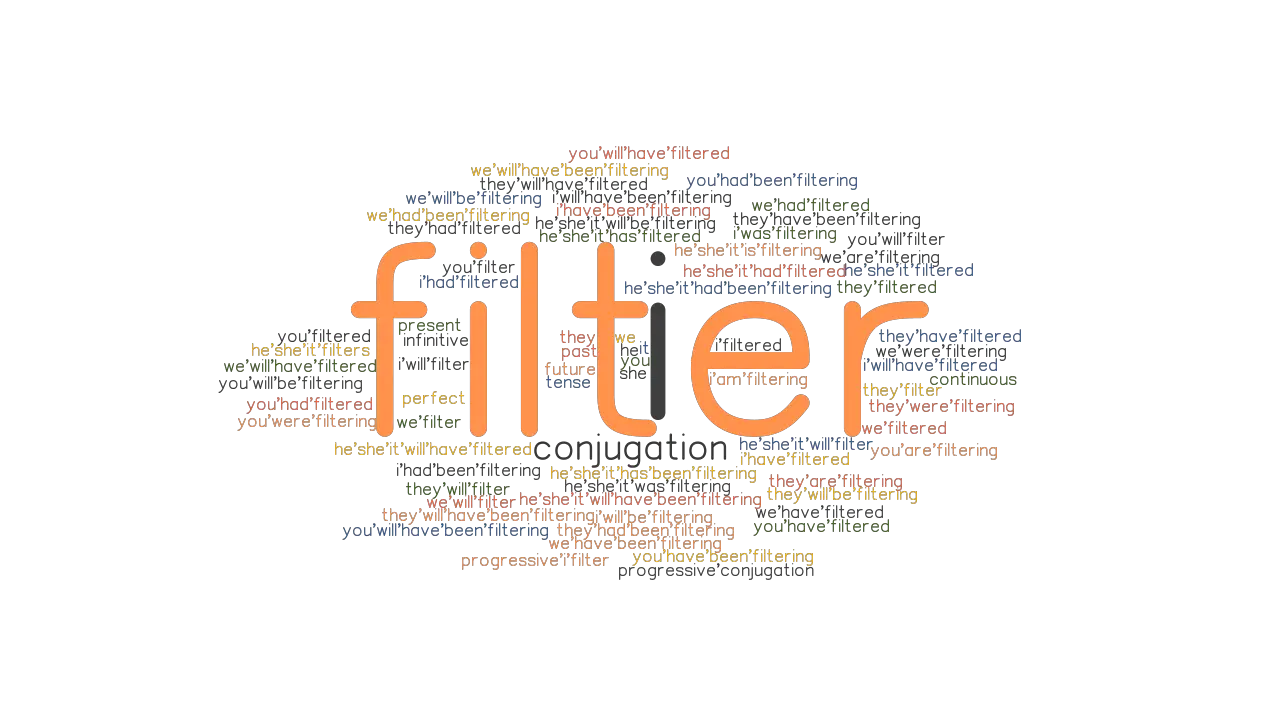



Filter Past Tense Verb Forms Conjugate Filter Grammartop Com
Simple Present Tense Konu Anlatımı Simple Past Tense Fiilin Simple Past Hali Ne Demek ?Bu kısımda arkadaşlar, Simple Past Tense'in ( Geçmiş Zaman ) '' to be '' haricindeki fiillerle ilgili olan kısmını inceleyeceğiz Aslında '' to be '' de düzensiz bir fiildir Ancak öznesine göre '' was / were '' iki farklı şekilde kullanılan tek düzensiz fiildirO yüzden önceki derste '' to be '' yi ayrı olarak ele aldımUmarım kafa karışıklığına sebep olmamışımdır 1hali> Lend /lend/ Ödünç vermek,borç vermek 2hali> Lent /lent/ 3hali> Lent /lent/ Infinitive = Yalin hali = 1hali to lend Participle = Geçmis zaman ortaci = 3hali lent Gerund = isim fiil hali lending Simple Present tense I lend you lend




Simple Present Tense Konu Anlatimi Genis Zaman Cumle Ornekleri




Basic Test Simple Present Tense Quiz Proprofs Quiz
The Present Simple tense is the most basic tense in English and uses the base form of the verb (except for the verb be ) The only change from the base is the addition of s for third person singular How do we make the Present Simple tense?A) Bu tense ile genelde yaptığımız işleri, alışkanlıklarımızı anlatırız ve always, sometimes, never, often vb sıklık bildiren zarfların yanı sıra, every day, every month, every year,To verbs end in y after a consonant (any letter that isn't a vowel), change the y to i and
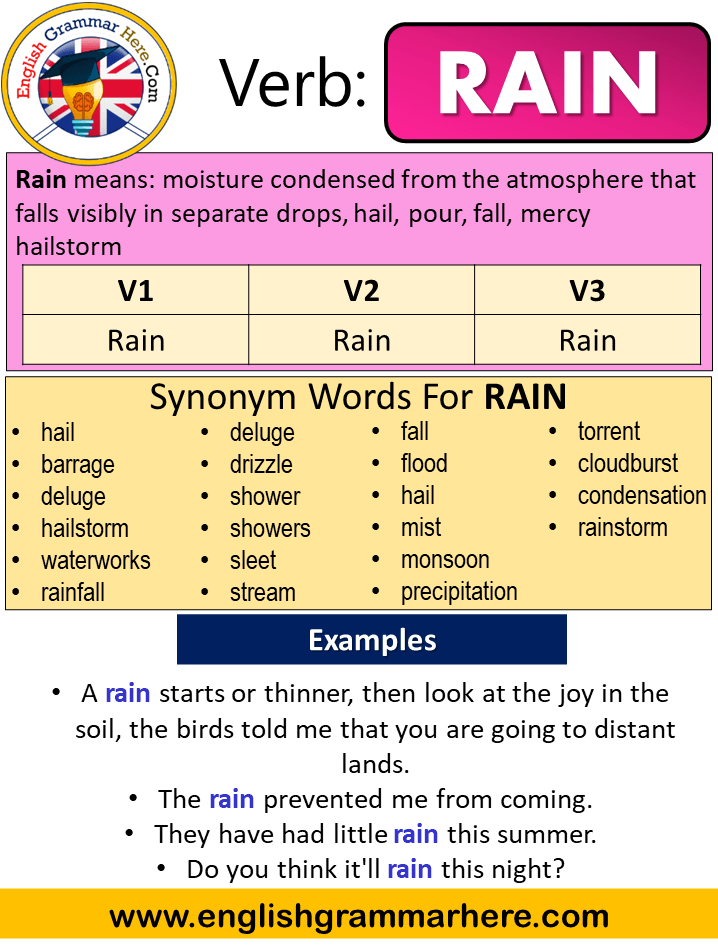



Rain Past Simple Simple Past Tense Of Rain Past Participle V1 V2 V3 Form Of Rain English Grammar Here




Simple Present Tense Konu Anlatimi Ornek Cumleler Abc Ingilizce
Simple Present Tense'in "Passive Voice" ile kullanımı Subject present form of verb"to be" (am, is, are) past participle of the main verb Active cümlenin "nesne"sini "passive" cümlenin öznesi yerine yazdıktan sonra "am, is, are" dan uygun olan eklenir ve esas fiilin 3 hali yazılır Simple present tense 1 Simple Present Tense 2 Use1 Regular habits or daily routine Use the Simple Present to express the idea that an action is repeated or usual The action can be a habit, a hobby, a daily event or something that often happens Eg I play soccer The school opens every morning at 7 AM 2 SIMPLE PRESENT TENSE (Geniş Zaman) Nasıl Kullanılır?
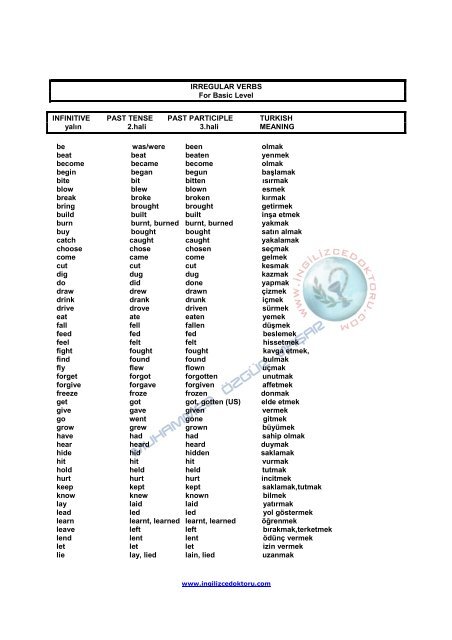



Irregular Verbs For Basic Level Infinitive Past Tense




Bu Metnin Simple Present Tense Hali Ile Yazimini Atar Misiniz Yapani Takip Edecegim Cok Acil Eodev Com
The simple present (also called present simple or present indefinite) is a verb tense which is used to show repetition, habit or generalization Less commonly, the simple present can be used to talk about scheduled actions in the near future and, in some cases, actions happening now The simple present tense involves using a verb to describe something that happens continually in the present It is used for things that happen oftenVerb Tenses Simple Present (#2) In simple present tense, there are special forms for verbs The verb be uses am , are, and is Verbs other than be use two forms the base form and the " / S / form " The " / S / " form is used when the subject is (or means) he , she, or it There are three ways to make the " / S / form"



1



Onlinelibrary Wiley Com
To verbs that end in s, ss, sh, ch, x, and o, add an es – Ex wash > washes, mix > mixes, go >goes;Present perfect tense fiillerin 3 hali tablosu;English Grammar Today yazılı ve sözlü İngilizce dilbilgisi ve kullanımına dair bir referans Cambridge Dictionary




Simple Present Tense Konu Anlatimi Alistirmali Youtube




Ingilizce Bankasi Photos Facebook
ATTENTION 1 In Simple Present Tense, we add the suffix s at the end of the verbs for the third singular subjects ( He, She, It ) On the other hand, we use first forms of the verbs for other subjects ( I, You, We, You, They)2 Although we add the suffix s at the end of the verb for the third singular subjects in possitive sentences, we remove the suffix s at the end ofThere are two basic structures for the Present Simple 1 Positive sentences 2



1
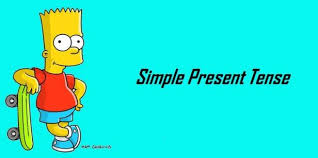



Simple Present Tense Genis Zaman English Quizizz
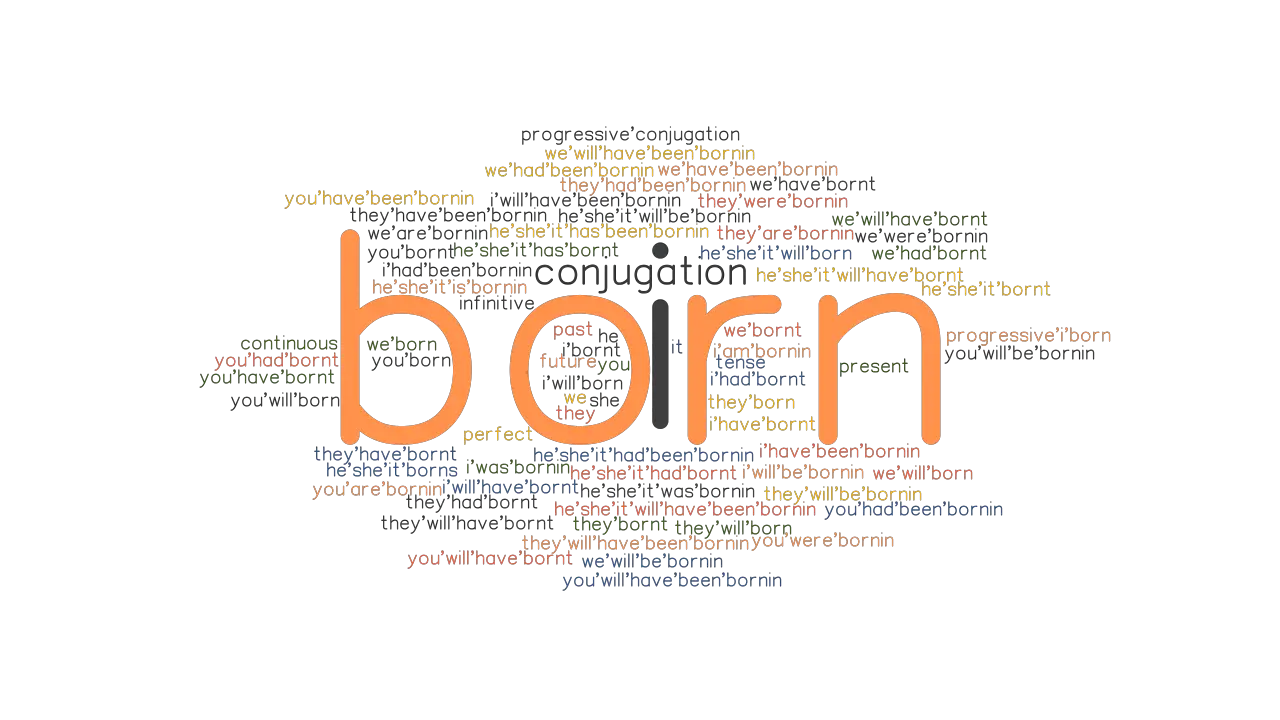



Born Past Tense Verb Forms Conjugate Born Grammartop Com
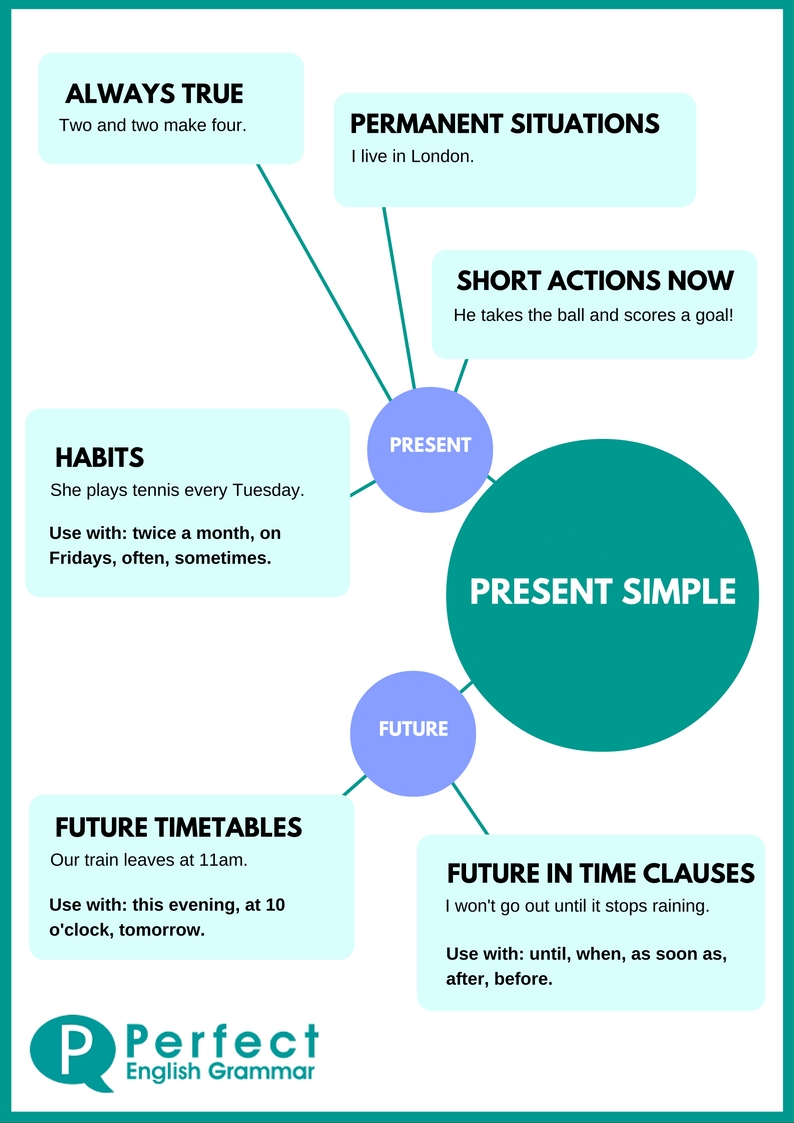



Present Simple Use
/ThoughtCoChalkboard-5b2a9642fa6bcc0036305aa9.png)



The Present And Past Forms Of The Verb To Be



1




Quarantine Definition Past Tense Defitioni




Present Perfect Simple




Ngilizce Simple Present Tense Gen Zaman 1 Ngilizce




Fiillerin Halleri Pdf



Ydspublishing Com




Simple Present Tense Geni Zaman Olumlu C Frac14 Mle Pdf Document




Verbs Tense Pdf Swahili Language Grammatical Tense




Past Simple Tense To Be Was Were Englishtutorhub
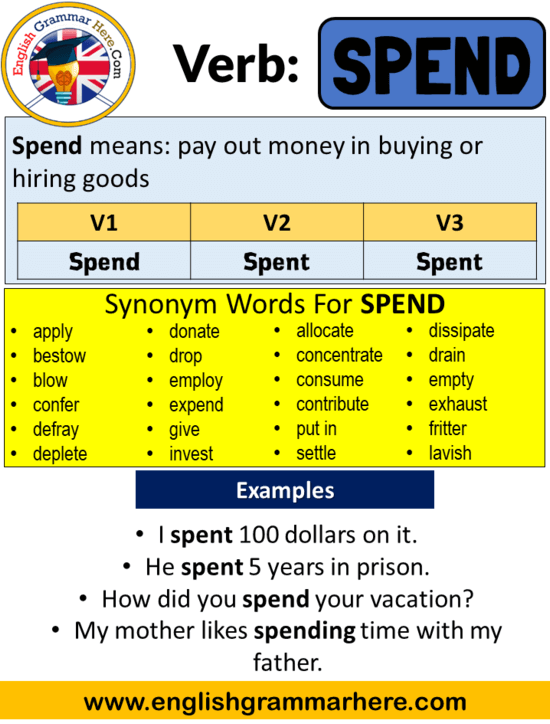



Spend Past Simple Simple Past Tense Of Spend Past Participle V1 V2 V3 Form Of Spend English Grammar Here
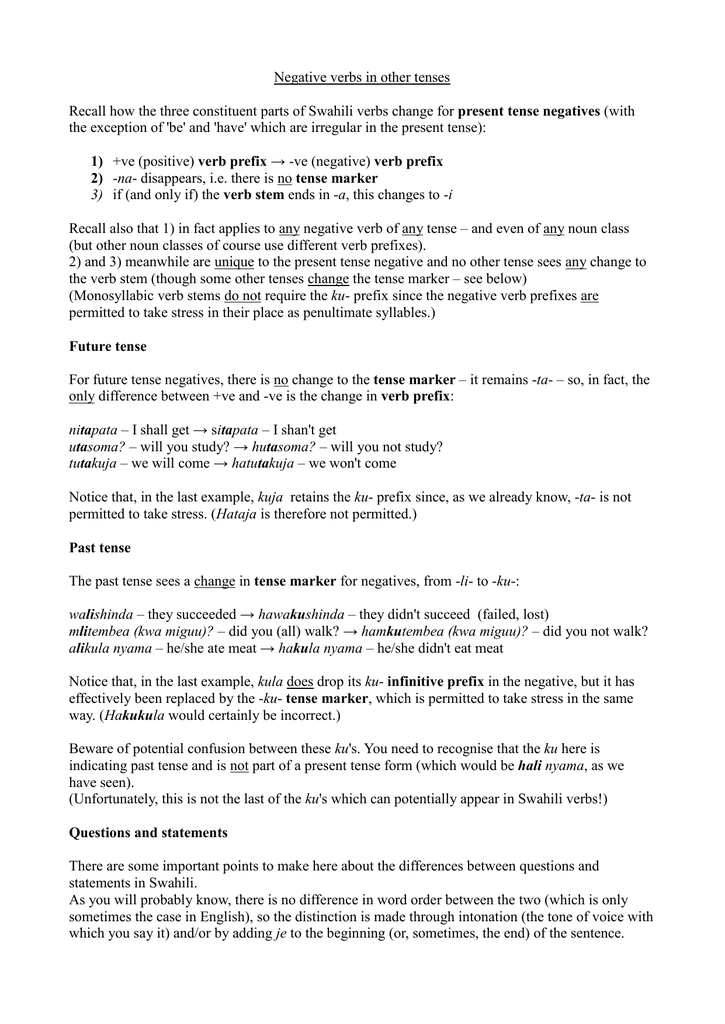



Negative Verbs In Other Tenses




Simple Present Tense In English English Study Here Estudiar Ingles Presente Simple En Ingles Ingles Para Principiantes




Ders 15 2 Simple Past Tense Duzensiz Fiiller Tablosu List Of Irregular Verbs Sadece Bilgim




Fourth Quarter Middle School Honor Rolls Announced Casper Wy Oil City News
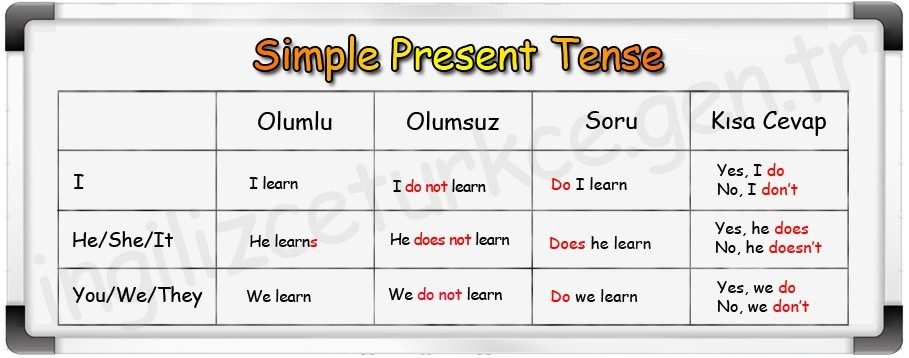



Simple Present Tense Genis Zaman




Wake By Rebecca Hall Penguin Books Australia



Sylheti Language Wikipedia




Past Simple Present Perfect Engvid




Tense Agreement Worksheet



Simple Present Tense Olumlu Cumleler 350 Den Fazla Ingilizce
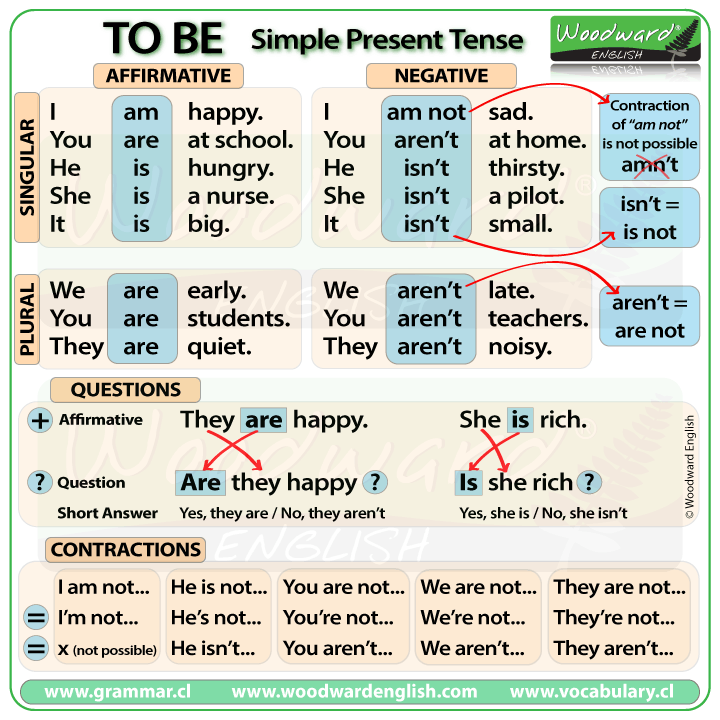



To Be In Present Tense English Grammar



What Is The Past Participle Of Live Quora



Simple Present Tense Genis Zaman Learn English Study English Dailymotion Video



1
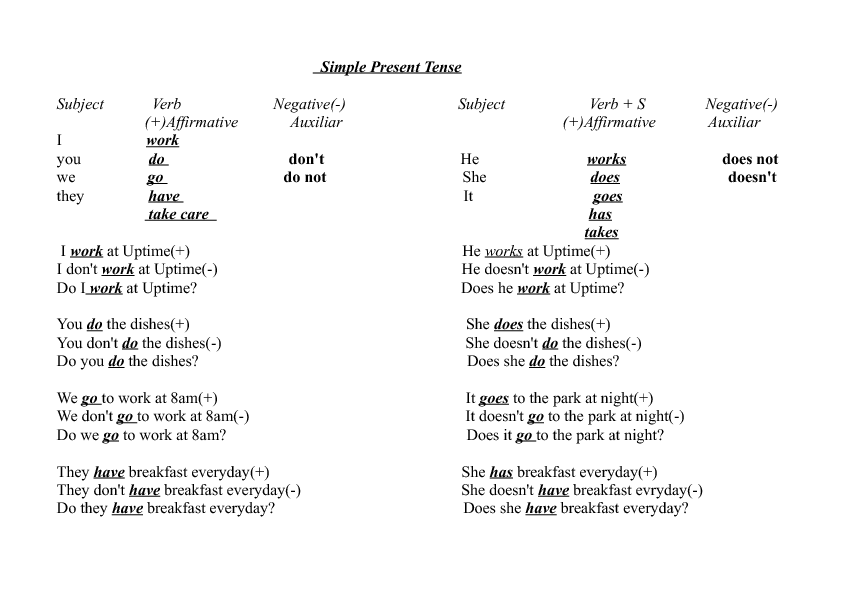



Simple Present Tense




Ingilizce Duzenli Fiiller Regular Verbs Ingilizceturkce Gen Tr




B1 Plus B2 123 English Time



Simple Present Tense Lessons Blendspace



Literacymn Org
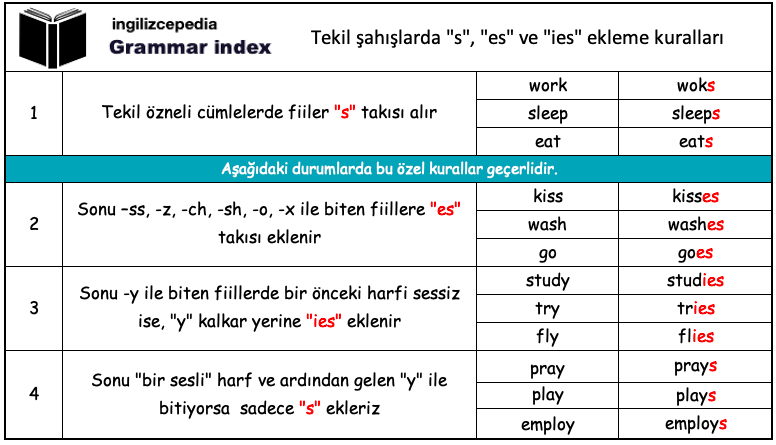



Simple Present Tense Konu Anlatimi Genis Zaman Cumle Ornekleri
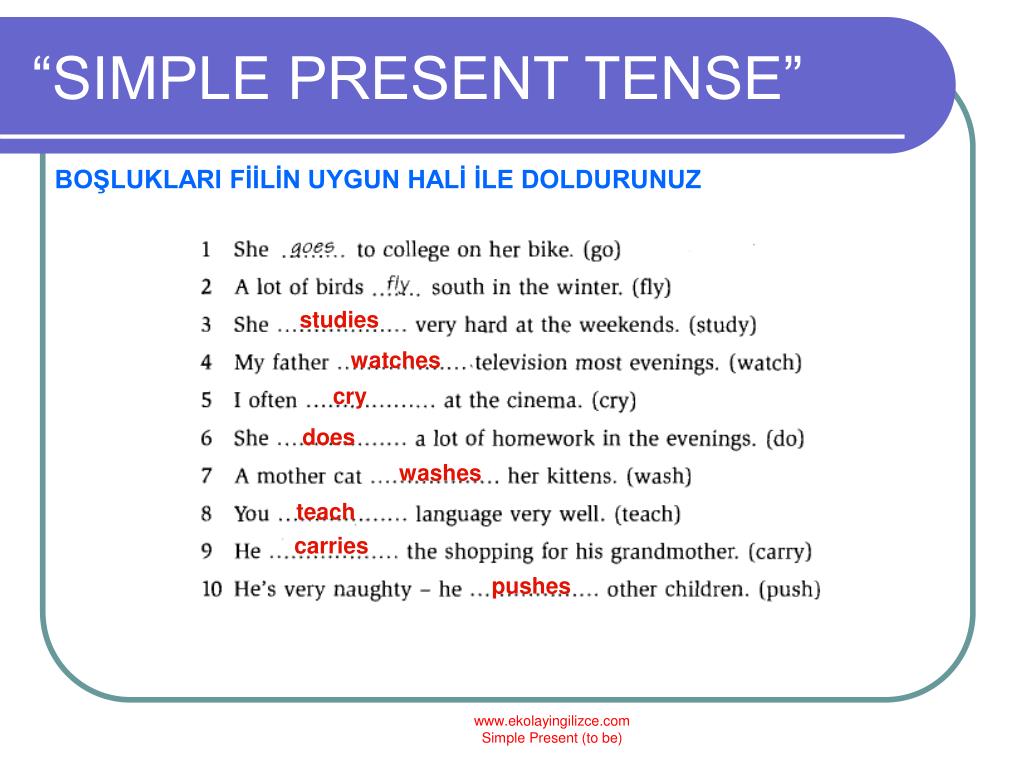



Ppt Ingilizce Gramer Powerpoint Presentation Free Download Id




Quarantine Definition Past Tense Defitioni




Simple Future Verb Tenses English Grammar Tenses English Grammar




Simple Present Tense




Present Simple Tense English Esl Worksheets For Distance Learning And Physical Classrooms



English Tenses Example Practice By Lt Software Appforyou Google Play United States Searchman App Data Information




What S The Matter Simple Past Tense Simple Present Tense Health




Review Of Verb Tenses C1 Students 123 English Time




Aythinkenglish على تويتر Imindmap Version Of The Present Simple Present Simple Tense In Zihin Haritasi Hali Tony Buzan Http T Co 0pdjxr9nsz




Simple Present Tense Geni Zaman Olumlu C Frac14 Mle Pdf Document
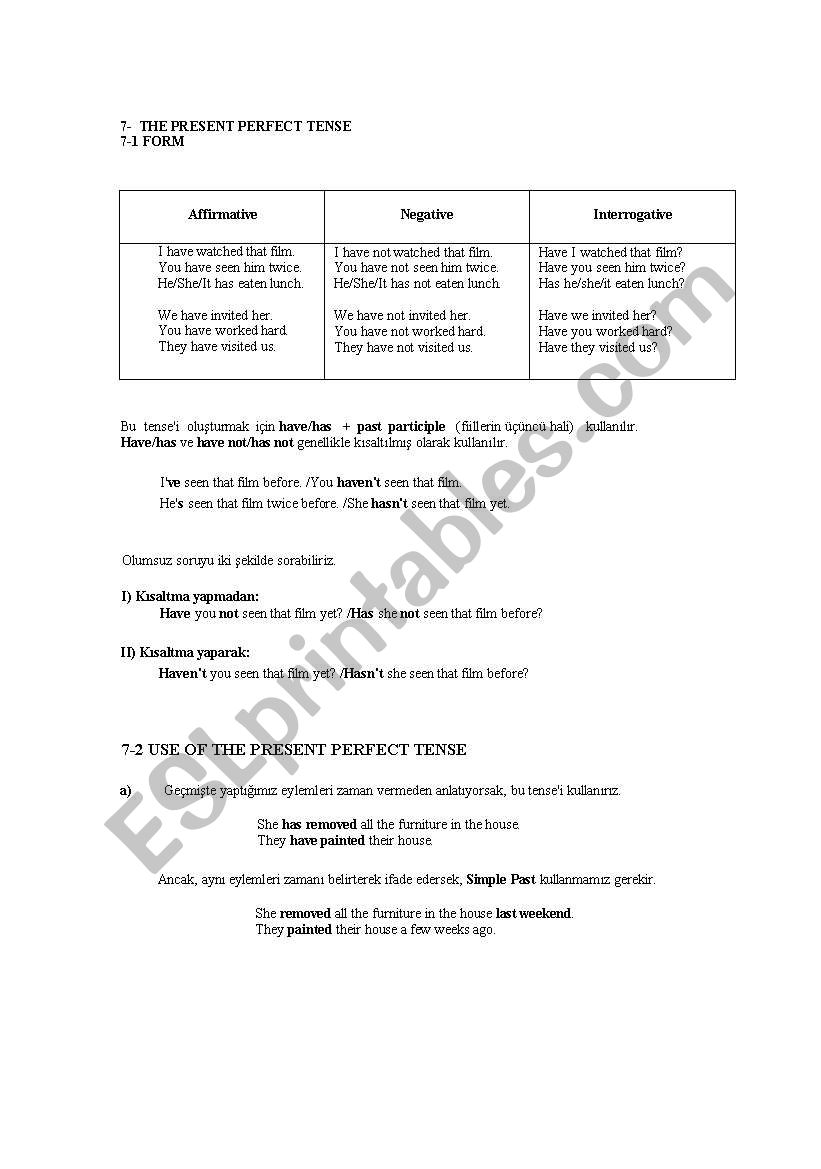



English Worksheets Present Perfect Tense




Ppt Simple Present Tense Zaman Ifadeleri Time Expressions Powerpoint Presentation Id




Present Simple English Esl Worksheets For Distance Learning And Physical Classrooms




5 4 My Daily Routine Worksheet
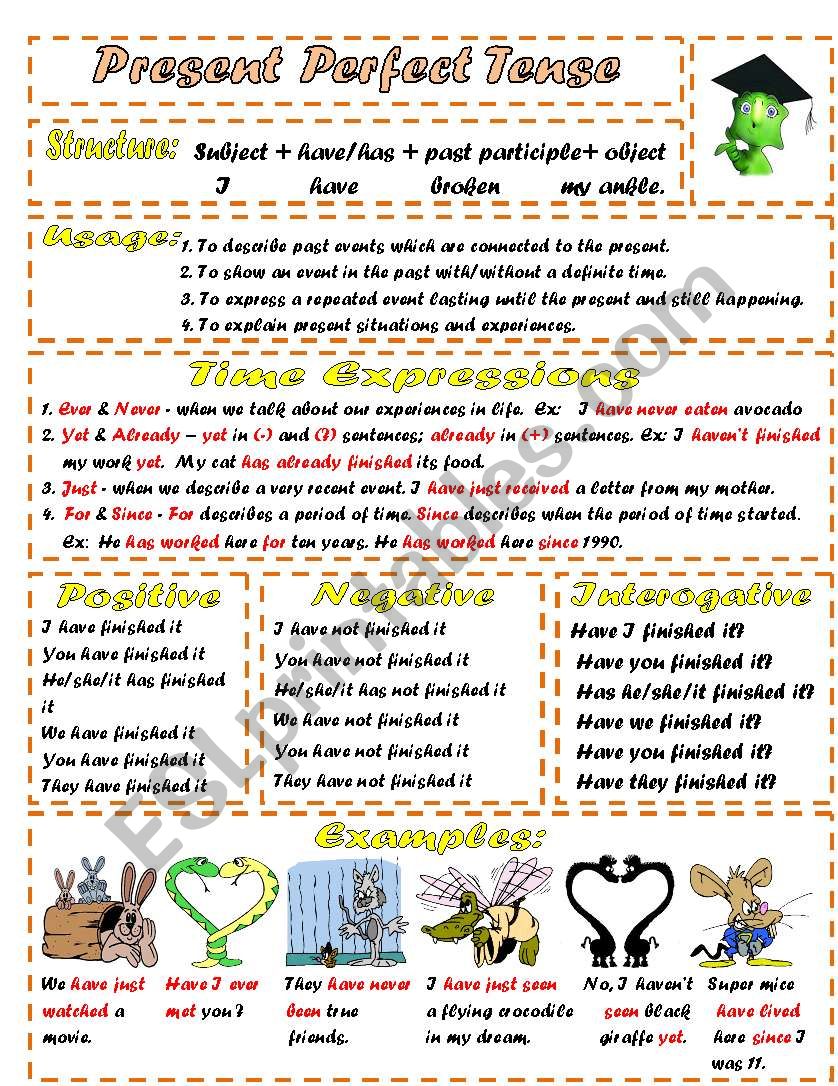



Present Perfect Tense Esl Worksheet By Rumeisa



Via Tumblr Http Bit Ly 2mud3t0 Originally Published On Wordpress By Harun Guclu Medium




The Simple Present Tense Www Elt Els Com




Doc Elsgrammarbook Mufide Buz Neslioglu Academia Edu




Ingilizce De Be Fiili Simple Past Kaplan Blog
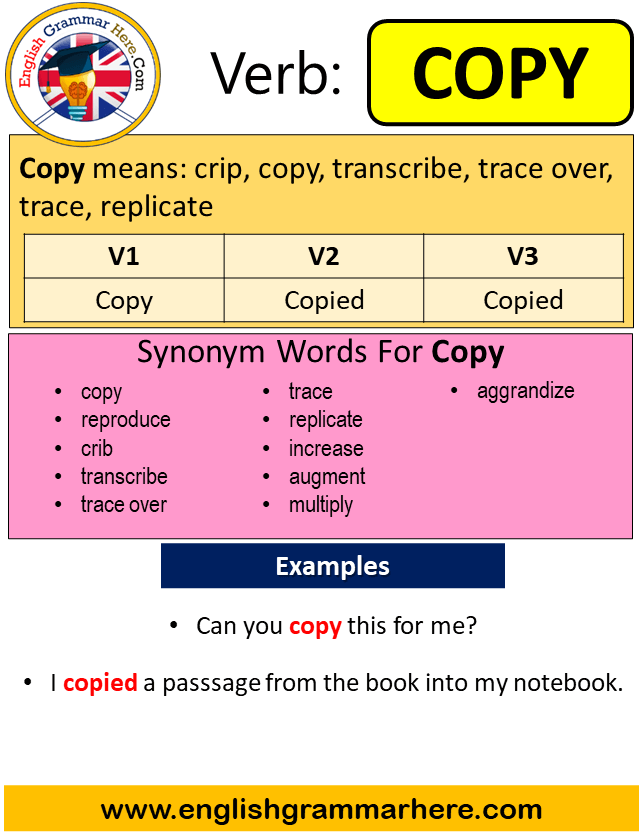



Copy Past Simple In English Simple Past Tense Of Copy Past Participle V1 V2 V3 Form Of Copy English Grammar Here
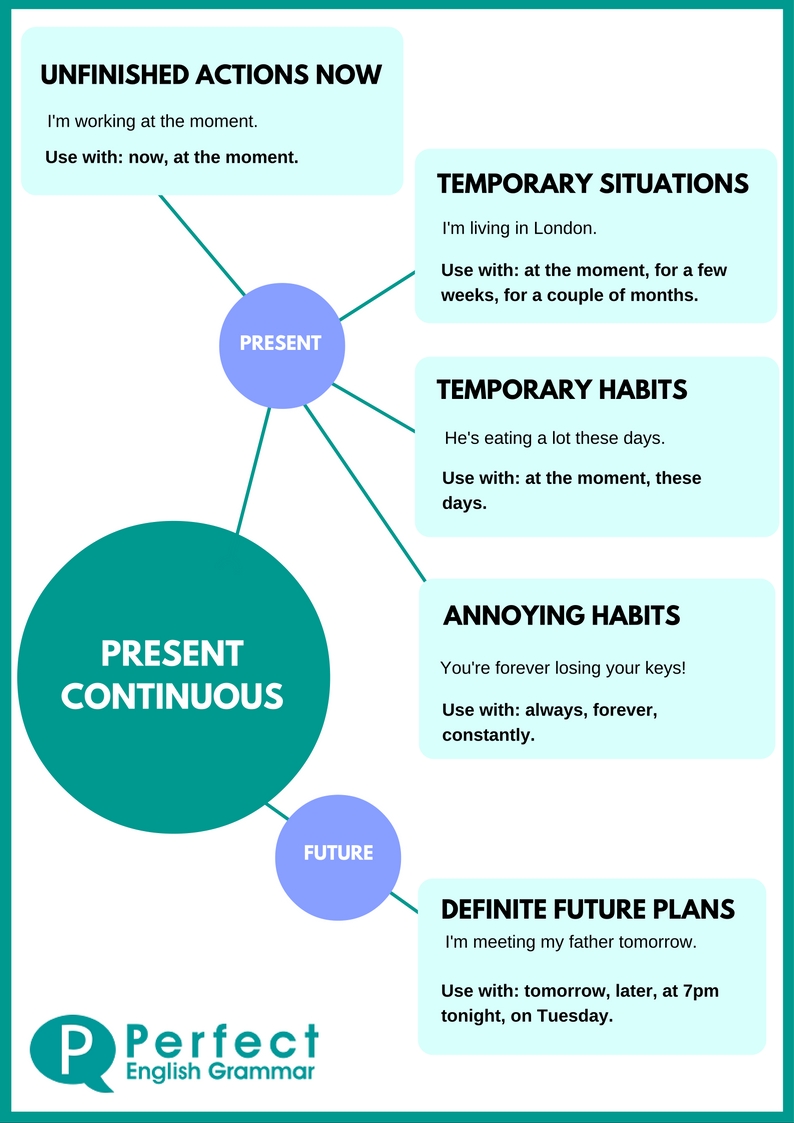



Present Continuous Use Or Present Progressive Use




English Spot Use Of English
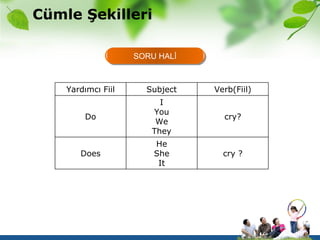



Simple Present Tense



English Tenses Example Practice By Lt Software Appforyou Google Play United States Searchman App Data Information




Upper School Curriculum Guide 21 By Harpeth Hall Communications Issuu




Sing 2 Hali
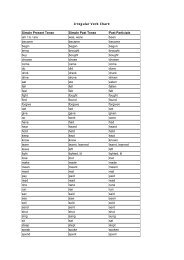



Irregular Verbs For Basic Level Infinitive Past Tense




1 The Simple Present Tense Pdf Free Download




Present Simple Tense Images Stock Photos Vectors Shutterstock




Grammar Book Flip Ebook Pages 1 39 Anyflip Anyflip



Ingilizce De Zamanlar Learndil



Simple Present Tense With To Be English Study Page




Simple Present Tense Verb To Be Has Have English Esl Worksheets For Distance Learning And Physical Classrooms




1 Ingilizce The Simple Past Tense Negative Sentences And Questions Ppt Download



Simple Present Tense Presentsimple Tense Daily Routines




Ingilizcede Cumle Kurma Ozne Fiil Tumlec He In




Can We Ever Use Ever With The Simple Past Esl Library Blog




Like Likes Don T Like Doesn T Like Present Simple Tense In English Youtube
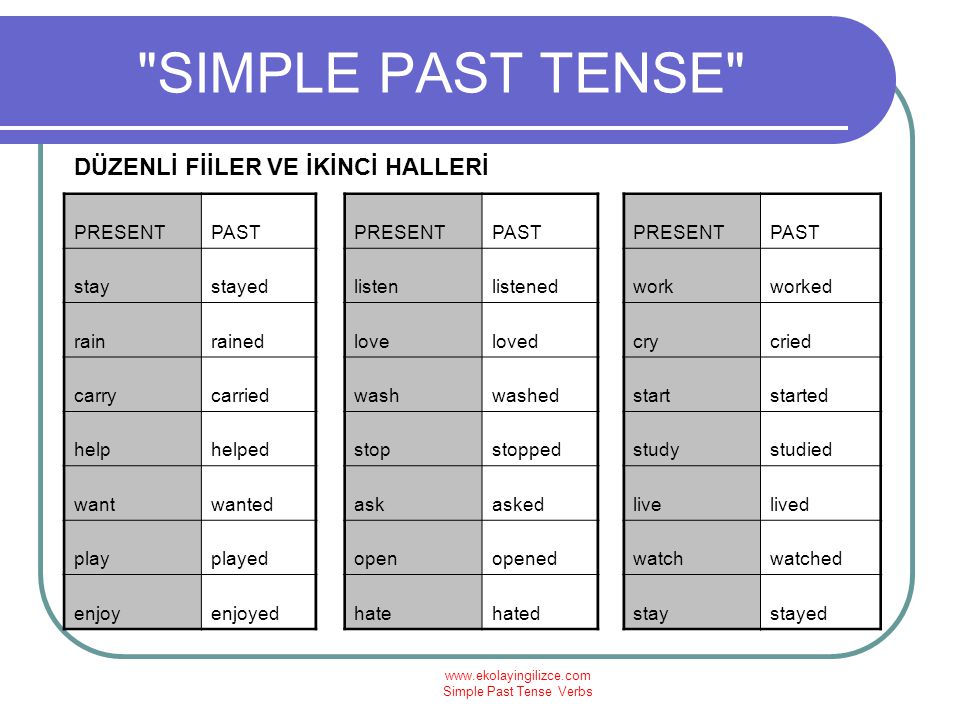



Fastest Think Past Simple Hali



0 件のコメント:
コメントを投稿